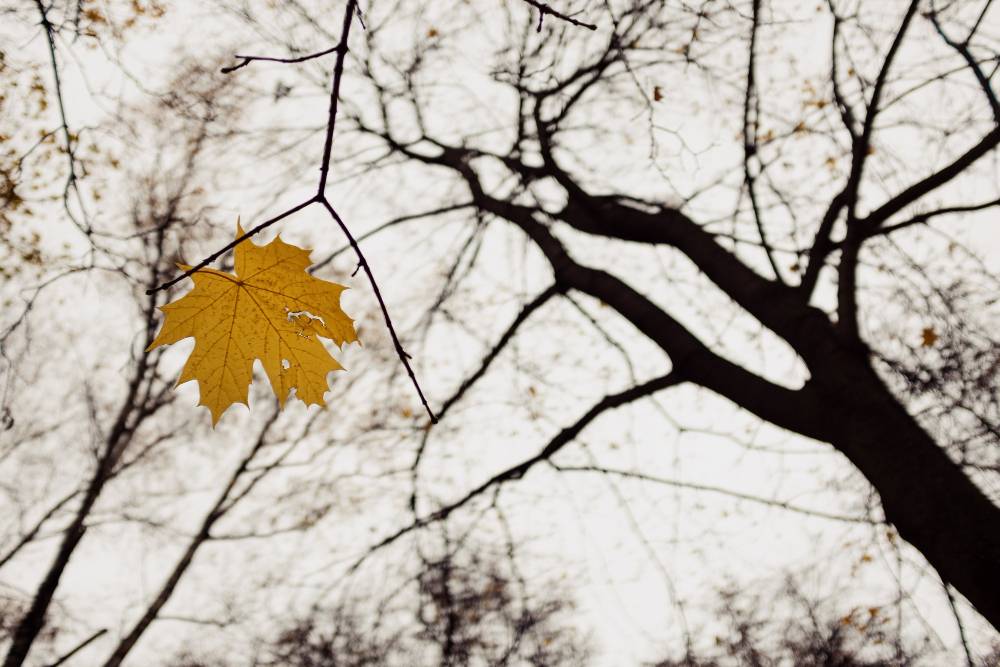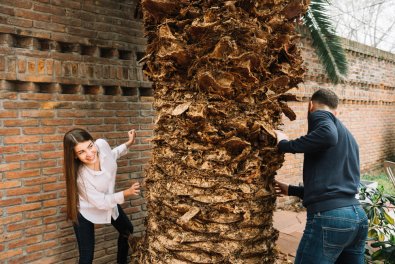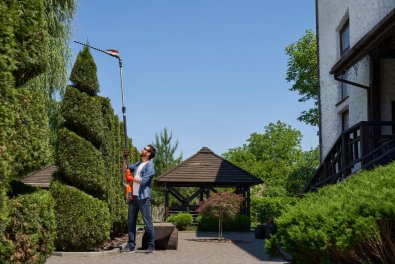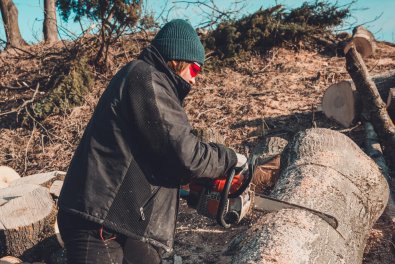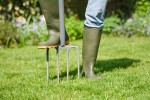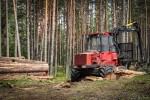Why Is My Maple Tree Dying?
Maple trees are cherished for their stunning foliage and overall presence. However, these magnificent entities can suffer from various issues that may cause deterioration and premature tree removal. If you suspect the signs of a dying maple tree, the experts at Sesmas Tree Service can help you take appropriate actions to save it. Here are signs of a dying maple tree to look out for—and effective ways to reverse or manage the situation effectively.
Thinning Canopy
A thinning canopy is one of the most noticeable signs of a maple tree in distress. Healthy maples have dense foliage, but you'll notice significant gaps when a tree is dying. If the leaves appear sparse and the overall volume of the canopy reduces, call a tree care company.
Experts can determine whether the tree is receiving adequate water and nutrients. In addition, a soil test can reveal deficiencies that might be corrected with fertilization. Depending on the assessment, certified arborists can recommend pruning dead or diseased branches to promote healthier growth by allowing more light and air to reach the remaining leaves.
Leaf Discoloration
Another sign that your maple trees are in distress is changing color outside of the typical autumn season. Look out for yellowing, browning, or premature leaf drop, which shows underlying issues. These symptoms can result from various issues, including pests, diseases, or environmental stressors.
Once you detect these signs, hire certified tree service providers to inspect and determine the cause of leaf discoloration. Whether it results from pests or fungal infections, professionals can recommend effective solutions like insecticides or fungicides or adjust watering practices to ensure the tree is not overwatered or experiencing drought.
Bark Damage
The bark of a healthy maple tree should be intact and free from significant damage. If you notice cracks, splits, or peeling bark, it shows a decline in health. Bark damage can make the tree susceptible to pests and diseases, leading to premature tree removal emergencies.
Professionals can carefully examine the tree for signs of infestation or infection. Unlike DIYers, arborists treat the problem appropriately, such as pest insecticides or fungicides for diseases. In some cases, wrapping the damaged area with a protective material can help the tree heal and prevent further damage.
Dead or Dying Branches
Dying or dead branches indicate that a maple tree is in distress. These branches often have brittle, dry wood and may lack leaves. They can pose a hazard if they fall and should be addressed promptly.
Pruning severely damaged or dead branches is essential to maintaining the tree's health. If you are considering a DIY approach, use clean, sharp tools to remove these branches, making cuts at a slight angle to encourage proper healing. Also, regular inspections and maintenance by a reputable tree care company can prevent the spread of disease to other parts of the tree.
Caring for a dying maple tree requires vigilance and timely intervention. By recognizing the signs of distress early and taking appropriate actions, you can often mitigate the decline and restore your tree to health. Contact us at the Sesmas Tree Service and schedule a consultation with our experts to ensure regular maintenance, proper nutrition, and professional advice when needed. Our tree service team works with you to preserve the beauty and longevity of your maple tree without breaking the bank.


